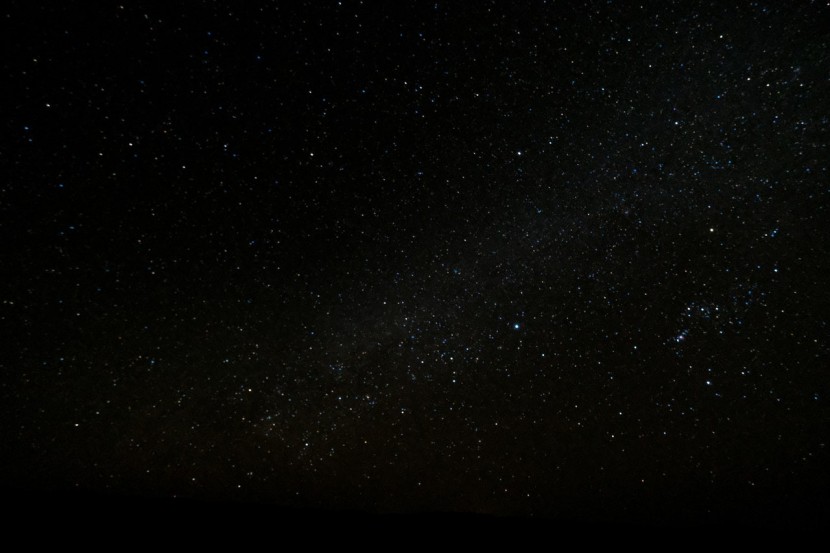
NASA's Hubble Space Telescope captures a stunning image of a group of stars and provided assistance for astronomers in determining the mass and location of a Black Hole for the first time in human history.
Peering into the vast universe, the Hubble Space Telescope was able to picture what is known as the globular cluster Ruprecht 106. Unlike other globular clusters, Ruprecht 106 may be what astronomers call a single population globular cluster.
Globular Cluster
While many of the stars in a globular cluster formed at approximately the same location and time, astronomers discovered that almost all globular clusters contain at least two groups of stars with distinct chemical compositions. This means that news stars in a cluster will have a different chemical make-up that includes elements processed by their older, massive companions.
Happy #HubbleFriday! 🌟
— Hubble (@NASAHubble) June 10, 2022
Hubble captured this star-studded image of the globular cluster Ruprecht 106.
Globular clusters are spherical groups of stars held together by gravity! Learn more: https://t.co/ShrfgjA1I5 pic.twitter.com/0QP8XPR2ve
A small portion of globular clusters do not possess these multiple populations of stars, and Ruprecht 106 is a member of this enigmatic group. Hubble has captured this star-studded image using one of its most versatile instruments, the Advanced Camera for Surveys (ACS), as per NASA. Similar to stars in global clusters, Hubble's instruments also have distinct generations, as ACS is a third-generation instrument that replaced the original Faint Object Camera in 2002. Some of the telescope's other instruments have also undergone three iterations.
Firstly, the Wide Field Camera 3 replaced the Wide Field and Planetary Camera 2 (WFPC2) during the last servicing missions to Hubble. WFPC2 was also the one that replaced the original Wide and Field Planetary Camera, which was installed on Hubble prior to the telescope's launch into space. According to PetaPixel, Hubble made another recent breakthrough by helping astronomers determine the mass and location of a Black Hole. NASA announced the groundbreaking moment as a scientific first despite there being more than 100 million Black Holes in our galaxy alone.
Black Holes
Black Holes have largely been considered theoretical until recent years, with measurements being taken on their influence upon other interstellar bodies rather than the Black Holes themselves. Measuring the effect they have on the stars around them is how NASA has identified the presence of Black Holes in the past. But after six years, astronomers using the Hubble to observe the Carina-Sagittarius spiral arm of our galaxy were able to detect the Black Hole traveling through the arm about 5,000 light-years away. The cosmic entity was wandering a path through the galaxy that was unique for a Black Hole as scientists believe that most either occupy the core of a galaxy or are paired with a binary system nearby, which is how they are observed via their interaction.
It’s estimated that about 100 million black holes roam around our Milky Way Galaxy – and for the first time ever, astronomers now believe they may have precisely measured the mass of an isolated black hole with Hubble!
— Hubble (@NASAHubble) June 10, 2022
Discover more: https://t.co/ls2R8dNjFX pic.twitter.com/IxZS21ZaeY
NASA discovered that this particular Black Hole is a solitary traveler in our galaxy, leading experts to conclude that when it was formed millions of years ago, it received a "kick" from a supernova that created it, providing enough momentum to send it on a journey throughout the galaxy.
The discoveries come after Hubble also captured an image that gives astronomers a peek into 10 billion years ago. The telescope has taken the largest near-infrared image of galaxies that provides a playground for experts who are seeking out potential targets for the James Webb Space Telescope, Space reported.
Related Article: Ultra-Rare 5-Planet Alignment Happening for First Time in 18 Years: Best Day To Watch, How To View








